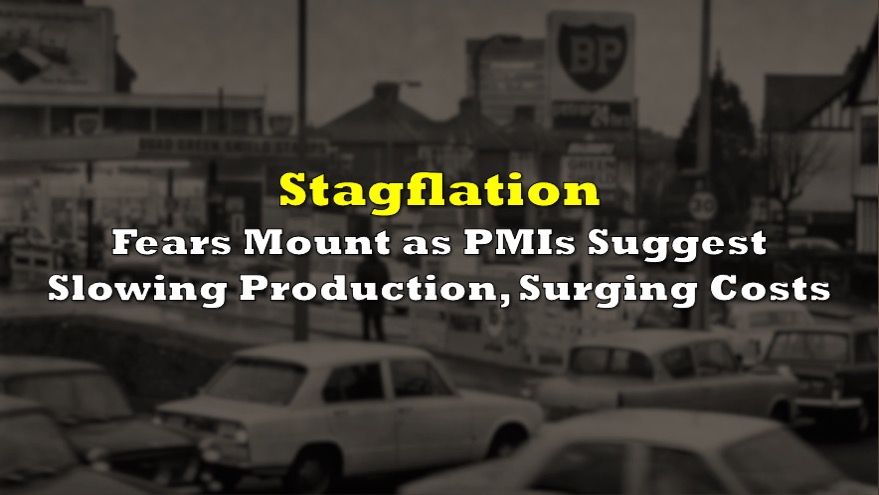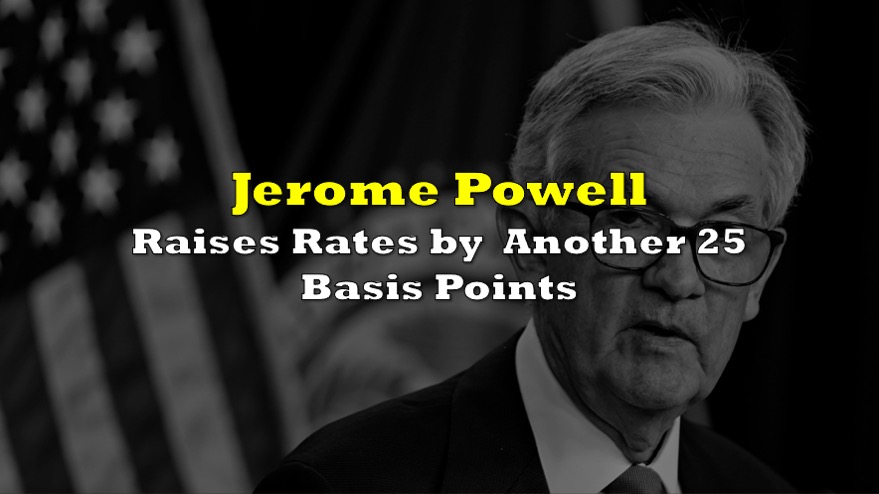Despite ongoing weaknesses in several sectors of the US economy, the recovery appears to be gaining momentum, as both the Services and Manufacturing side recorded improvements in March. However, the ongoing global supply disruptions have caused significantly higher prices to ensue, with the rate of cost-push inflation soaring by the most on record.
According to the latest IHS Markit reading, the Services PMI increased from 59.8 to 60.0 in March, marking the strongest expansion since July 2014. Similarly, the Manufacturing PMI rose from 58.6 in February to 59, which is slightly below the cycle high recorded at the beginning of the year.

With respect to manufacturing, new orders increased from 57.4 to 60.8, marking the ninth straight month of expansion and the highest print since June 2014. However, the most alarming headlines were about inflation, as both service and manufacturing costs have been sent soaring. Ongoing global supply chain disruptions have caused input costs to surge across the US service sector in March. Likewise, amid mounting supply shortages and input delays, US manufacturing companies recorded the fastest rise in input costs in over ten years.
Simultaneously, firms have been attempting to pass down some of the higher costs to consumers, as demand for both goods and services has been soaring to multi-year highs. “Producers were increasingly unable to keep pace with demand, however, due mainly to supply chain disruptions and delays. Higher prices have ensued, with rates of both input cost and selling price inflation running far above anything previously seen in the survey’s history,” explains IHS Markit Chief Business Economist Chris Williamson.
When adjusted for seasonal factors, the IHS Markit Flash US Composite PMI Output Index came in at 59.1 in March, marking the second-fastest private sector expansion in six years.

As Williamson suggests, it is becoming increasingly apparent that stagflation is on its way: “firms sought to partially pass greater input prices through to clients, with the rate of charge inflation the sharpest on record,” he said. “Firms commonly reported slower output growth due to a lack of raw materials to fulfil new orders. The rate of production growth was the slowest since last October,” he concluded.
Information for this briefing was found via IHS Markit. The author has no securities or affiliations related to this organization. Not a recommendation to buy or sell. Always do additional research and consult a professional before purchasing a security. The author holds no licenses.









